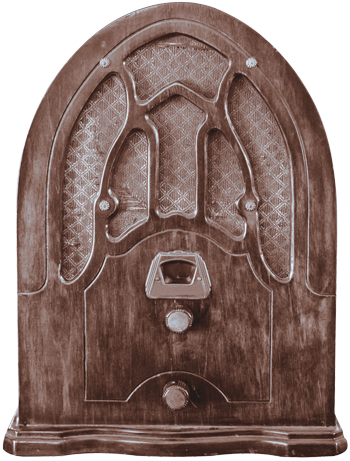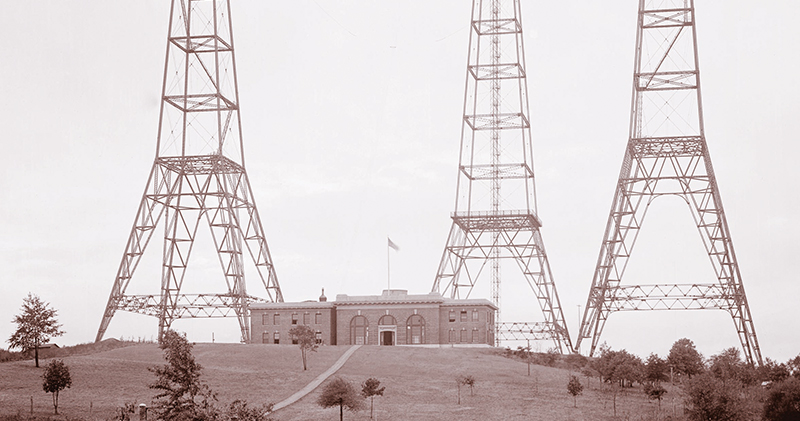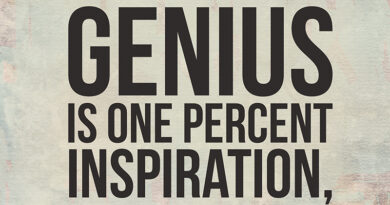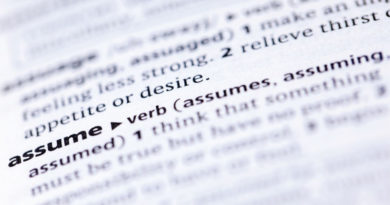A Repeat
PHANTOM’S FINAL WORD
It was the fall of ’20 and the world was still dealing with a pandemic that had taken a lot of lives. There had been very serious political strife. We had a contentious presidential election, the results of which people could experience virtually for the first time, thanks to the modern miracle of … “radio.” Radio?? Yup. The presidential candidates were named Harding and Cox. The pandemic was the H1N1 virus. The very serious political strife was what we now call World War I. The year was 1920.
Reading the material put together by James and Brian, we were struck by the similarities between then and now. KDKA (still on the air in Pittsburgh) was placed on the air the night of Nov. 2, 1920, to broadcast the results of the election. It was owned by Westinghouse, which had perceived a business selling radios to the public. But in order to entice them to buy radios, you have to have something for them to listen to, and hence Westinghouse brought KDKA into existence, one of the oldest broadcast stations remaining on the air today. (The call was likely not used at first, but may have been assigned a year or two later.)
Fast forward a century, we are in a pandemic, a divisive political season, and are dealing with a rapidly-changing technology landscape brought about by a technology for interconnecting computers, televisions, and other appliances not imagined earlier in our lifetimes. Said technology is called “Internet,” and while much Internet traffic passes over “wires” (some copper and an increasing number made of glass), radio (a.k.a. “wireless”) is used in some places, such as in nearly every home and business in the world.
At first wireless was used to transmit “bits” that formed a pattern according to the words being sent. We called this “code.” Later, somewhat before KDKA’s arrival, we started transmitting voice too. Then some bright person got the idea that if we could transmit voice, we could also transmit pictures, and television was born. Then some bright people who wanted to sell TVs in smaller towns realized that they were never going to sell TVs unless they gave people something to watch on those TVs. So they put a television antenna high up, where it could pick up distant signals from the big cities, and distributed it on wires called “coax,” throughout smaller towns. Thus cable TV was born. Along the way people realized that they could hook computers up to each other by transmitting a type of code readable by computers, and they called this code “data.” Then it dawned on certain smart people that “data” could be sent over the same “coax” used to send video. About the same time, people were playing with converting video to “data,” which could be transmitted just like any other “bits,” or “code” used to represent, well, anything you want it to represent.
The saying was that “a bit is a bit is a bit.” But then we discovered that this ain’t necessarily so. A set of bits representing some piece of video looks like any other set of bits, true, but you can’t treat it the same way. If the bits associated with an email or whatever get delayed by a second or so in transmission, no big deal. But if the bits representing part of a video get delayed too much, they will not be available when the TV is ready for them. If that happens, the picture is messed up and boy do the viewers complain.
But I stray from the subject at hand. We have made much progress in one century, from experimental voices traveling though the night sky, to moving pretty much any intelligence anywhere we want to in the world. If smart people of the last 100 years have done this, what will the smart people of the next 100 years do? I have imagined that if my technologically-inclined father, who has been gone for around three decades, were to come back now, he would struggle to understand the world in which his offspring live. He would not know how to check out of a self-check grocery store, and he would not know the best way to withdraw money from the bank. The Internet would be a mystery. Heck, he couldn’t even start my car! The next century? I can’t imagine!
 The Phantom
The Phantom
the.phantom@youwontfindmeanywhere.com
You never know when The Phantom is standing right beside you. Sometimes he is in a meeting with you or walking the floor at your favorite cable show. Sometimes he’s hanging with the suits and other times with the front liners. But be assured, The Phantom sees all, The Phantom knows all and, most importantly, The Phantom tells all.
Image: Shutterstock
Dwarfing the building below, these radio broadcasting towers were new to the American landscape when this photo was taken between 1910 and 1920.



